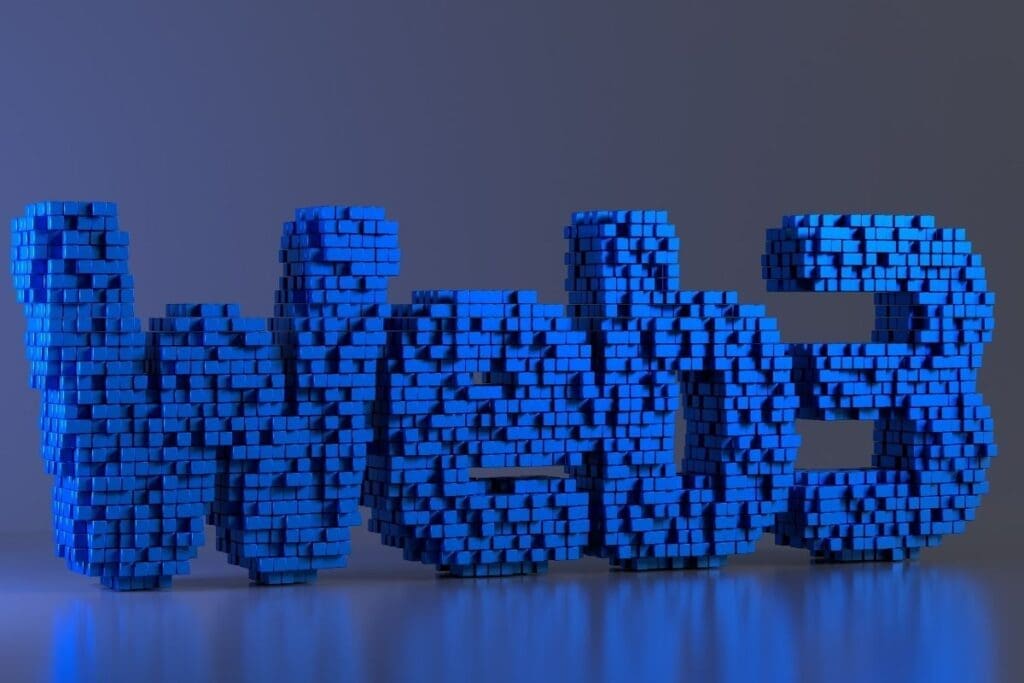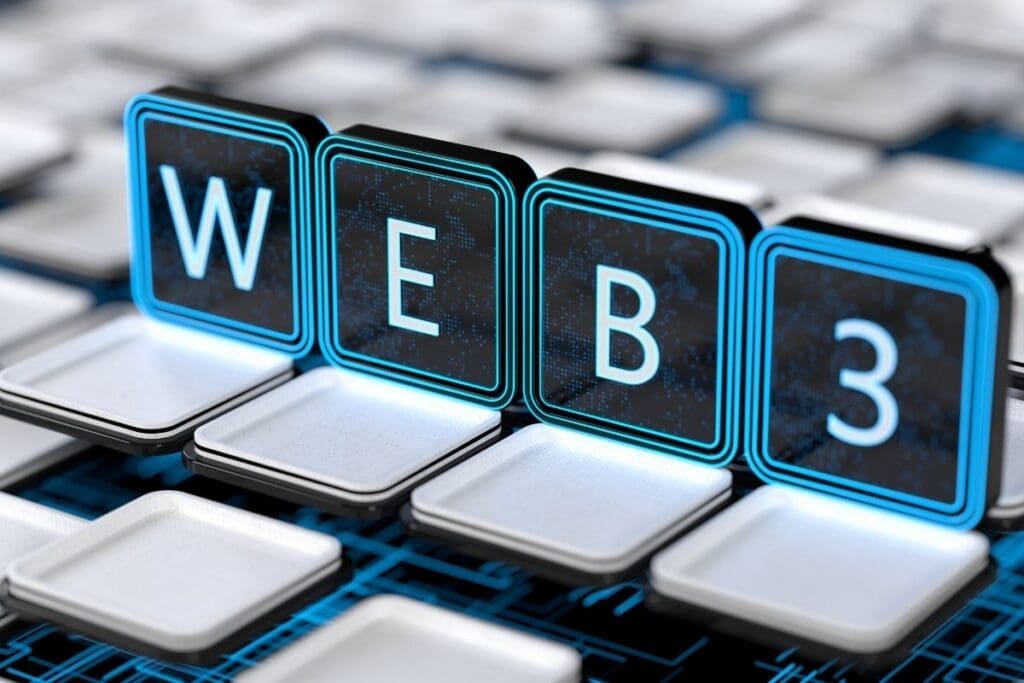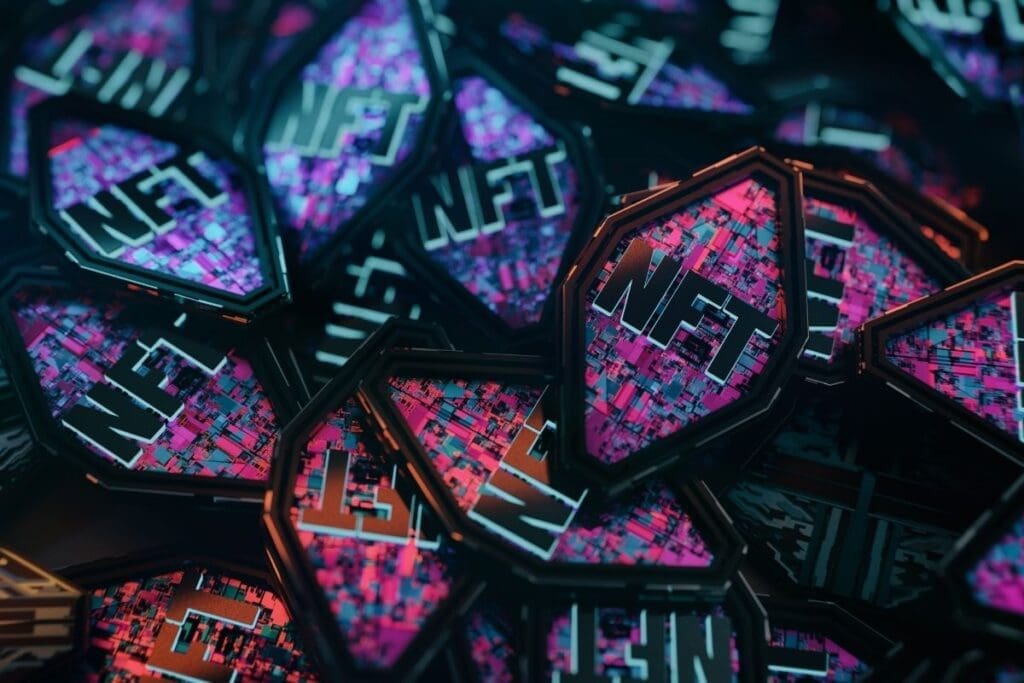The internet has come a long way since its inception, with each iteration bringing new possibilities and challenges. As we transition into the era of Web3, it is crucial to understand the reasons behind this shift by looking back at the previous generations of the web, Web1 and Web2.
Web1: The Static Internet
The initial phase of the internet, Web 1.0, was characterized by static websites that functioned as digital brochures. These sites were one-way, providing information to users without the ability to interact or contribute content. While this model was innovative at the time, it lacked user engagement and content creation opportunities.
Web2: The Social Web

Web 2.0 introduced dynamic, user-generated content, allowing individuals to share their ideas, creativity, and information. Social media platforms, blogs, and e-commerce sites thrived under this interactive web paradigm.
However, the benefits of Web2 were accompanied by significant drawbacks. As users contributed more content, big tech companies began to exploit this data without explicit user consent. The centralized control of data and content by a few major corporations raised concerns about privacy, surveillance, and digital identity abuse. These issues exposed the limitations of a centralized internet model where power was consolidated in the hands of a select few.
The Rise of Web3: A Decentralized Future

The shortcomings of Web2 have led to the rise of Web3, a decentralized version of the internet that aims to empower users. In Web3, data and content are managed on decentralized networks, often utilizing blockchain technology to ensure no single entity controls the system.
Web3 represents a fundamental change in how the internet functions by decentralizing data storage and management. This shift eliminates intermediaries, giving users direct control over their digital identities. The new model offers enhanced privacy, security, and autonomy, addressing the crucial issues faced under Web2.
Why Web3 is a Necessity Today

The demand for a transparent, secure, and user-centric internet has led to the necessity of Web3. With increasing data breaches, privacy violations, and exploitation of personal information, users are looking for alternatives that provide more control and less manipulation. Web3 offers a solution by enabling peer-to-peer interactions without centralized authorities.
Furthermore, Web3 aligns with the trend towards decentralization in finance (cryptocurrencies and DeFi), governance (DAOs), and content creation (decentralized platforms). This shift represents not only a technological advancement but a societal transformation where individuals can engage with the internet in a fairer manner.
Web3 is not just the next phase of internet evolution; it is a necessary response to the challenges posed by the centralized Web2 model. With the promise of increased privacy, security, and user control, Web3 is a vital development in the ongoing evolution of the internet.
You may also like this content
Follow us on DeFi Daily News and be instantly informed about the latest developments…
Copy URL



















